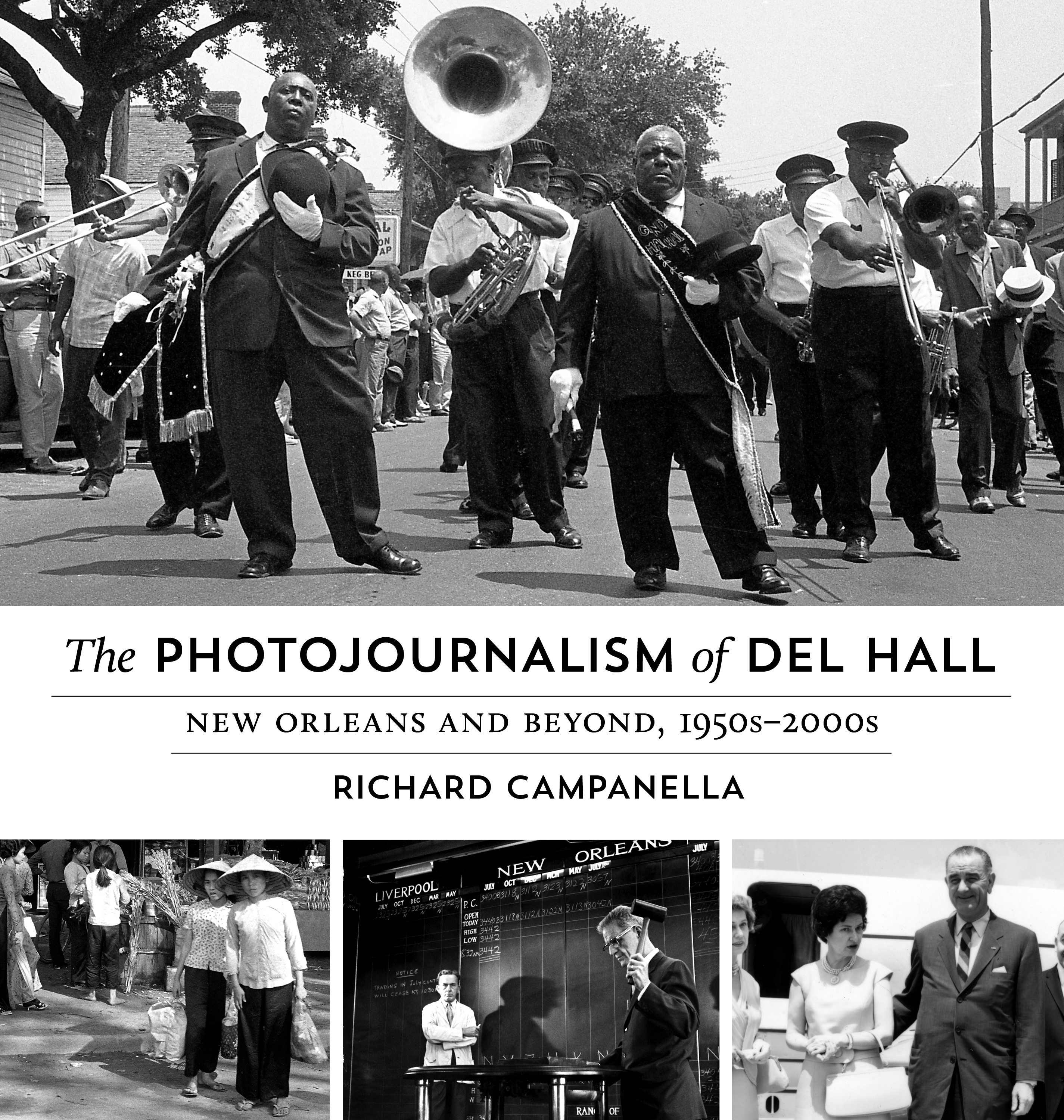By Steve Rhodes
“Chicagonomics, a new book by Lanny Ebenstein, a prolific author on the history of economic thought, sets out to investigate the history of the Chicago school of economics, to see what can be learnt for today from its past,” the Economist writes.
“The author chronicles the intellectual history of what began life in the 1890s as the Department of Political Economy. Before the 1940s, Chicago’s professors were much closer to the liberalism of British political economists such as Adam Smith, Jeremy Bentham and John Stuart Mill than the libertarianism of Hayek and Friedman in the 1980s and early 1990s. Mr Ebenstein looks at the ideas of scholars such as Jacob Viner and Frank Knight, and concludes that while they favoured individual freedom, their policy prescriptions did not exclude government action. Both perceived Smith as justifying the state intervening in the economy at times, such as with the provision of infrastructure, education for the young and the funding of arts, culture and science.
“By the 1940s, the use of redistribution to ensure that everyone had a basic standard of living was accepted by most Chicago economists. For instance, Henry Simons, when he worked at Chicago between 1939 and 1946, set out how redistribution, by diffusing economic power in a society, was necessary in a free society. Even Hayek, in his libertarian polemic of 1944, The Road to Serfdom, supported the use of environmental regulation and state-run social-insurance systems.”
*
The headline to the piece is “Going Off The Rails.” The subhead is: “How libertarians hijacked liberal economics.”
–
The Photojournalism Of Del Hall
“Richard Campanella is probably best known for his books and writings about places, as a specialist in the historical geography of New Orleans. This time, he’s sharpened his focus on a person and a fascinating one at that: pioneering WWL-TV and CBS News photographer Del Hall,” Dominic Massa reports for WWL-TV in New Orleans.
“The title of Campanella’s new book, The Photojournalism of Del Hall: New Orleans and Beyond: 1950s-2000s (LSU Press), shows how important the partnership is. In Hall, Campanella finds a witness to history, not just in New Orleans but at critical times in America’s story as well.
“In his preface, Campanella explains how he first met Hall in 2008, when the Chicago resident phoned him about a set of aerial photographs he had taken of New Orleans. Hall had hoped to get them into appreciative hands, and couldn’t have made a better choice. The two struck up a friendship that developed into a memoir.”

“‘I learned how this son of a Mexican immigrant, born during the Depression and raised in segregated public housing, had witnessed and filmed a thrilling sweep of world history and in the process helped invent modern television news,’ Campanella writes on the first page of the book. His next sentence explains why this book is such a powerful read.
“‘He documented key moments in Louisiana’s civil rights struggle, got arrested at a sit-in, single-handedly covered Vatican II for a first-of-its-kind color news documentary, kissed Pope John XXIII’s ring and sat at Ringo Starr’s drums, got chased by the Ku Klux Klan and shot at by the Viet Cong, became the first journalist beaten by police at the 1968 Democratic Convention, served as a witness for the Chicago Seven, covered President Richard Nixon in Moscow, worked regularly with CBS’ Walter Cronkite and 60 Minutes, won an Emmy for his camerawork on Charles Kuralt’s On the Road and an Emmy nomination for his Vietnam work, was nearly killed in a helicopter crash at the America’s Cup, and had before his camera everyone from Martin Luther King to Juan Peron, from Earl K. Long to John F. Kennedy, from a rude Bette Davis to a jovial Dalai Lama.'”
*
“Hall came to Chicago to work in the Chicago CBS bureau in the late ’60s at the behest of his friend, Dan Rather,” according to Reel Chicago.
“As videotape was replacing newsfilm, Hall quit film, ‘and I quit it forever,’ and also learned the art of tape editing.
“A helicopter crash in 1974 ended Hall’s CBS career and nearly ended his life. He was on assignment in August, 1974 covering the America’s Cup Race out of Newport, R.I. when their helicopter burst into flame and plunged deep into the Atlantic Ocean.
“The survivors were dramatically rescued at sea and Hall spent the next several years recovering from injuries and the trauma.”
*
Here’s Hall speaking Monday to students at his alma mater:
–
There’s Only One Bob Rohrman Memoir
“It was a sunny 64 degrees during the last week of the season at the Dog n’ Suds drive-in when Jeff Washburn, coney and a root beer on the driver’s side window tray, took a call Monday afternoon asking him to dish a few Bob Rohrman stories,” Dave Bangert writes for the Indianapolis Star.
“If there’s quota on Lafayette icons you’re allowed to squeeze into one sentence, I’m not sure. What you just read up there has to be close.
“Two of those icons spent more than a year unspooling and transcribing an autobiography’s worth of stories – Rohrman to Washburn – for A Fantastic Ride.”
That’s right, Bob Rohrman has a memoir.
*
“Out in the past week, the book – ‘A Bob Rohrman Production,’ according to the credits – is the Lafayette auto dealer and ubiquitous TV pitchman’s account of growing up in Lafayette, getting a start in the car business by cold calling potential customers, A-to-Z, from the phone book in the ’50s and eventually assembling a dealership empire with his name on 32 locations in Indiana, Illinois and Wisconsin today.”
*
Here’s an Indianapolis TV report on the book:
*
Also, buy a new car and get an autographed copy at Count Bobula’s Sales Spectacular.
–
See also:
* Chicago: Why Is This Man Laughing?
–
Comments welcome.
Posted on October 28, 2015


